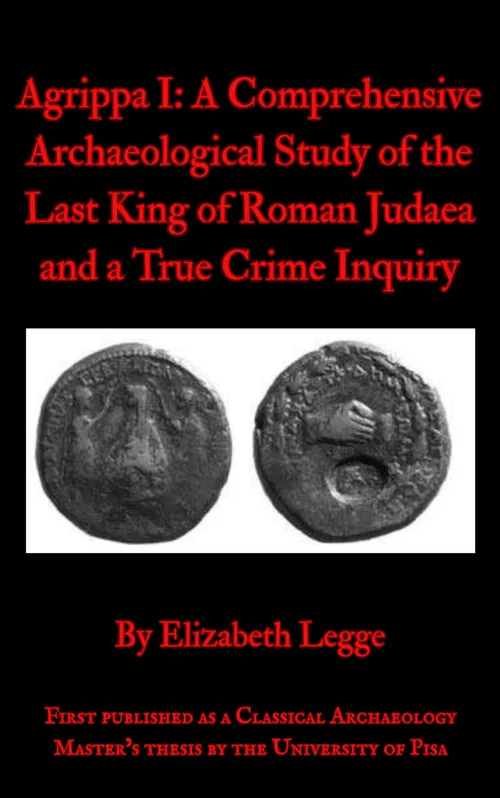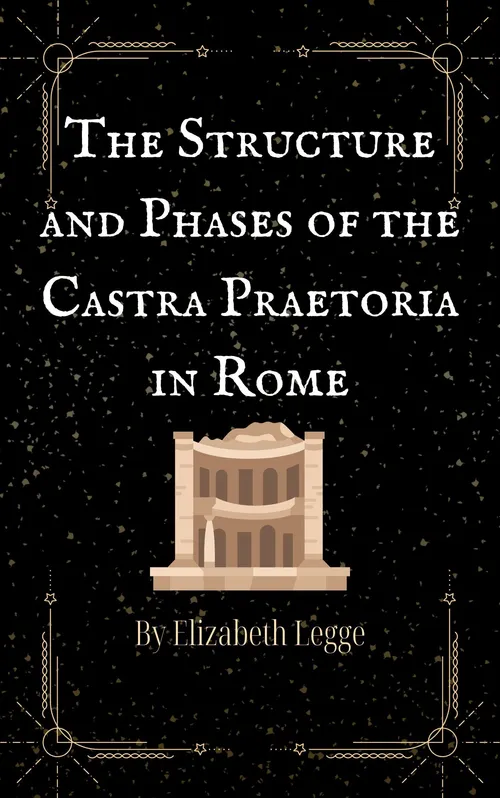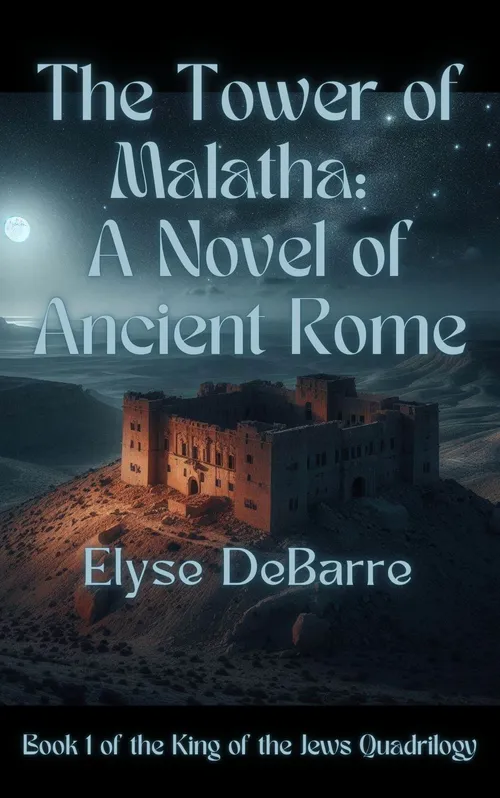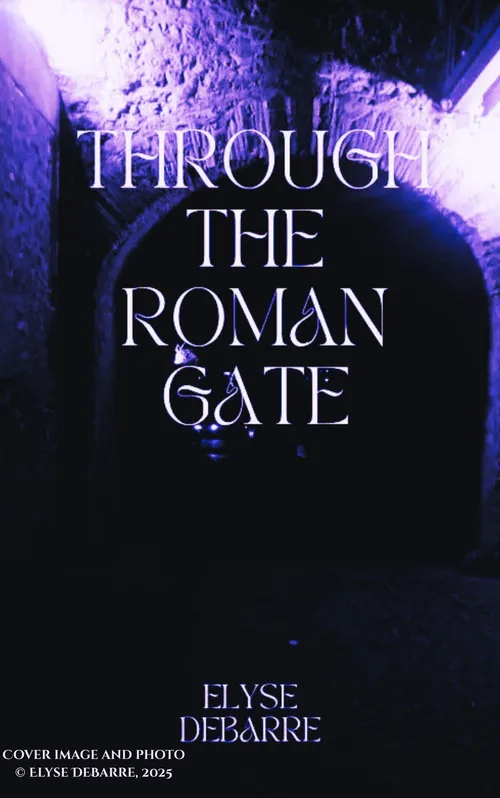Abstract
This thesis has examined some of the archaeological and material evidence which throws light on aspects of the life of Agrippa I as revealed in the historical sources, including any indications for problems which might provide non-natural reasons for the shortness of his reign. This has begun with an examination of building projects in Judaea and Syria attributed to his grandfather, Herod I (the Great), in hope of revealing Herod’s cultural identity and how this might differ from Agrippa I’s own approach. The shortness of Agrippa’s reign and limitations on archaeological work in Palestine, Syria and Lebanon have restricted the amount of material information on Agrippa.
The investigation has confirmed that Herod I had a mainly Hellenistic presentation while innovatively incorporating Greek, Roman and other Eastern cultural elements which apparently provided accommodation for his friendship with Rome, his Roman guests and the multicultural residents in his kingdom. Privately, he observed basic Judaic Law by using miqveh and mostly avoiding graven imagery. Agrippa I did not alter his grandfather’s multicultural style nor architectural features, including the private ones adhering to the Jewish Law’s requirements. He created some high quality Roman technological projects, including initiating construction on a well-built northern wall in Jerusalem.
Also examined is a site where Agrippa potentially hid in the Negev frontier during his first return to Judaea, whose abandonment then supports Josephus’ account and a potential political motive for Agrippa’s flight. A pure and nationalistic Herodian Era ware provides information on a Jewish cultural schism.




















This story has not been rated yet. Login to review this story.